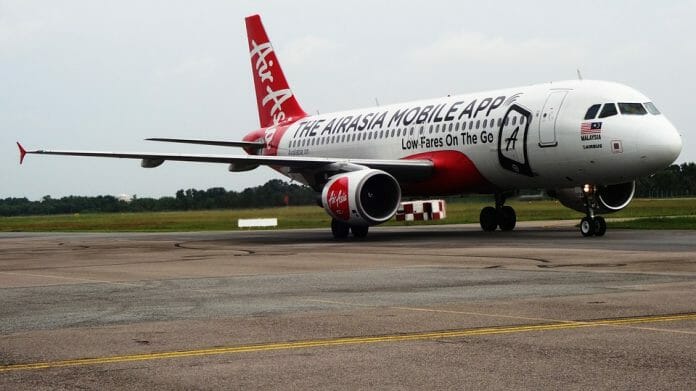The statistics are mind blowing but the fact is air travel has been the worse industry impacted by the Covid-19 pandemic and its not surprising if airlines report very low passenger count. Southeast Asia’s most prominent low cost carrier, AirAsia can attest to the pain the industry is suffering at the moment. The airline saw a massive drop in passenger numbers this quarter mainly due to being forced to ground its planes from March 2020 to June 2020 and international borders still closed till today. The result of this closure, caused the airline’s ridership to drop by 90%!
AirAsia carried a total of 976, 968 passengers from January to March this year while Q1 of 2020 saw a total of 9,847,010 people using its flight services. Malaysia attributed to the mass drop, from 6,377,574 the airline just carried 497,742 passengers this year. While the numbers look grim, there are some green shoots as vaccination roll out is promising for a return to air travels, the group saw operating improvements in March 2021 for all its entities in comparison to the previous month. On a month-to-month basis, key operational metrics progressed positively in March 2021 as compared to February 2021, with an 84% increase in passengers carried by Malaysia, 57% increase in passengers carried for Philippines, 29% increase in passengers carried by Indonesia, while Thailand more than doubled its number of passengers carried. AirAsia expects to see solid domestic demand in its key Asean markets in the next few quarters as it sees majority of the population receiving vaccinations, however this will be subject to uninterrupted immunisation programs and without further lockdowns.
The Malaysian operation did post a rather healthy load factor of 73% in 1Q2021, 1 percentage point (“ppt”) higher QoQ, despite a lower number of passengers carried. Though travel demand during the quarter was softened by the lockdown and interstate travel restrictions imposed since January 2021, AirAsia Malaysia is feeling encouraged by the statistics seen in March 2021 with load factor improving by 9 ppts to 76% as a result of a higher number of passengers carried. The bet is on the ongoing inoculation drive which can possibly lead to a stronger and sustainable recovery.
Indonesia gained a 29% increase in passengers carried and achieved an improvement of 2 percentage points (“ppts”) in load factor, amidst the ramping up of public and private inoculations and further easing of restrictions. Operations remained primarily domestic.
Alternatively, Philippines leveraged a strong rebound in travel demand during the quarter, carrying 168,527 passengers and a 43% increase compared to 4Q2020. The higher number of passengers carried positively resulted in an increase in load factor of 10 ppts QoQ to 74%. A month-on-month breakdown showed that AirAsia Philippines grew its number of passengers by 57% despite only increasing 30% in operating capacity this resulted in a commendable 81% load factor.
Thailand on the other hand posted a 65% QoQ decline in passengers carried due to lower travel demand caused by the new wave of the Covid-19 pandemic which began in the middle of December 2020. Nonetheless, domestic travel demand rebounded in March 2021 due to the roll out of vaccines, the extension of domestic tourism stimulus schemes and lower new infections in the latter part of the quarter. Active capacity management helped achieve a healthy 70% load factor.









